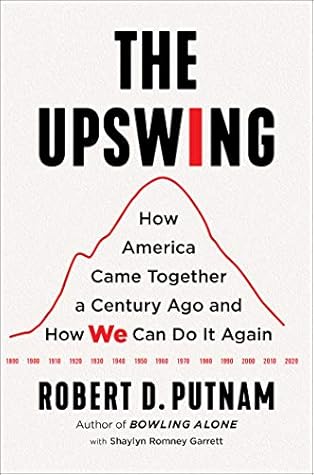The Progressive movement (and eventually Teddy Roosevelt’s Progressive or “Bull Moose” Party) embodied this discontent. By 1912 such third parties would receive 35 percent of the national popular vote for president, the high-water mark for third parties in American history and a symptom of public discontent with the polarized party system.11 The new issues jostling for a place on the national agenda included insurance for the elderly, the jobless, and the disabled; progressive income and estate taxation; environmental regulation; labor reform; the overweening power of big business monopolies;
...more
Welcome back. Just a moment while we sign you in to your Goodreads account.


